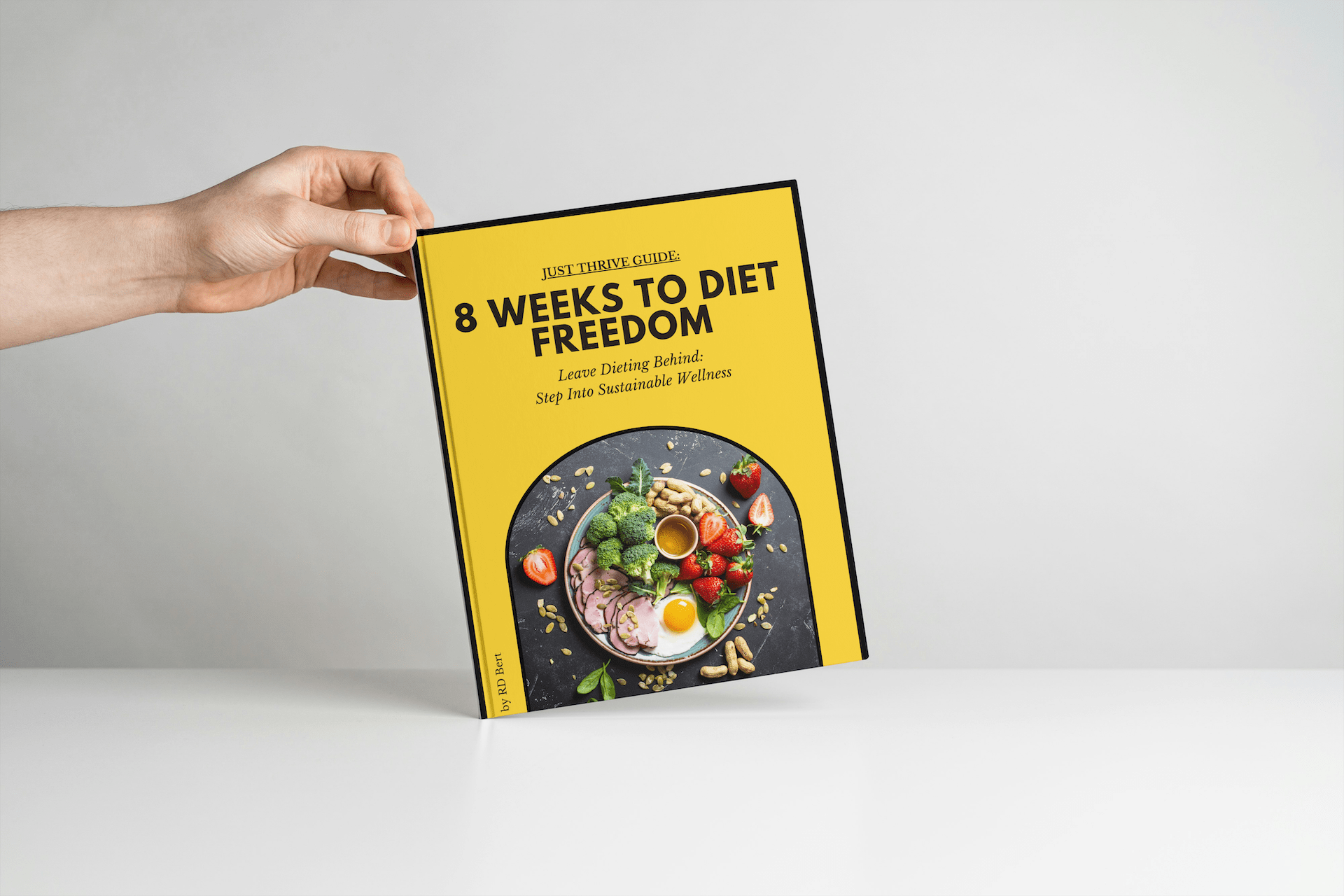Understanding Emotional Eating

The Psychology Behind Emotional Eating
Picture this: It’s been a tough day.
Maybe work was stressful, or you had a heated argument with a friend.
You come home, and suddenly, a craving for something sweet hits you.
You find yourself reaching for that tub of ice cream in the freezer, not because you’re hungry, but because it feels like the comfort you need right now.
This is emotional eating, and it’s a common experience for many of us.
Emotional eating is not about hunger—it’s about using food to soothe emotions. We often eat to feel better, to fill a void, or to distract ourselves from uncomfortable feelings.
To better understand this, let's explore two types of eating: hedonic and homeostatic.
Hedonic vs. Homeostatic Eating: How Our Brain’s Reward System Works
Homeostatic eating is driven by our body’s biological need for energy. When you’re physically hungry, your brain sends signals to seek out food. It’s all about maintaining balance—keeping our energy levels stable and our bodies fueled.
Hedonic eating, on the other hand, is driven by pleasure and reward rather than hunger. This is when we eat a slice of cake not because our body needs it, but because our brain craves the comfort and pleasure that comes with it. Our brain’s reward system—primarily the release of dopamine—plays a big role here. When we eat foods that are high in sugar, fat, or salt, our brain releases dopamine, a feel-good chemical. This creates a loop: we feel stressed or unhappy, we eat, we feel a temporary sense of pleasure, and the cycle continues.
Emotional eating often falls into the category of hedonic eating. The problem isn’t the occasional indulgence; it’s when eating becomes a regular way to deal with emotions rather than addressing the underlying feelings.
Managing Emotional Eating: Tangible Strategies
Breaking the cycle of emotional eating requires self-awareness, new strategies, and a dose of self-compassion. Here are some steps to help you manage emotional eating:
- Identify Triggers: Stress, Boredom, Loneliness
Start by identifying the triggers that lead you to emotional eating. Is it stress from work or school? Is it boredom when you have nothing to do? Or perhaps it’s loneliness during quiet evenings? Recognizing these triggers is the first step toward understanding why you reach for food when you’re not physically hungry.
Reflect on the last few times you ate for comfort. What were you feeling right before you reached for food? Was it anxiety, sadness, or frustration? Write these feelings down in a journal to become more aware of your patterns. - Develop Alternative Coping Mechanisms: Journaling, Walking, Deep Breathing
Once you know your triggers, the next step is to develop healthier ways to cope with those emotions. If stress is a trigger, try deep breathing exercises or a quick walk to clear your mind. If boredom leads to snacking, engage in an activity that keeps your hands and mind busy—like journaling, drawing, or even organizing a space in your home.
It’s about replacing the habit of emotional eating with activities that provide comfort, distraction, or release in healthier ways. The next time you feel the urge to eat emotionally, pause and try one of these alternative strategies. - Practice Self-Compassion: Don’t Be Hard on Yourself
One of the most important aspects of managing emotional eating is practicing self-compassion. It’s easy to beat yourself up after a binge or emotional eating episode, but guilt and shame often make the cycle worse. Instead, acknowledge that you’re human. Emotional eating is a common response to stress and emotions; it doesn’t define you.
Remind yourself that it’s okay to have slip-ups. Instead of focusing on the setback, focus on what you’ve learned from it. What were the triggers? How can you respond differently next time? Approach this journey with kindness, understanding that it's a process, not a quick fix.
Action Step: Create Your Personal Action Plan
This week, take a moment to create a personal action plan to address one emotional eating trigger. Start by identifying a trigger that you commonly experience—like stress or boredom.
Then, write down at least two alternative coping mechanisms you can use when that trigger arises.
For example, if boredom is your trigger, you could commit to going for a 10-minute walk or starting a creative project instead of heading to the kitchen.
Here’s a simple template to get you started:
- Trigger: (e.g., Stress after work)
- Alternative Coping Mechanisms: (e.g., Deep breathing exercises, Journaling for 5 minutes)
- Affirmation to Practice Self-Compassion: (e.g., “I am learning to handle my emotions in a healthier way, and I’m proud of my progress.”)
Write it down, keep it somewhere visible, and refer to it whenever you feel the pull of emotional eating.
Remember, the goal is not perfection but progress. Each step you take toward understanding and managing your emotional eating is a step toward a healthier relationship with food and with yourself.
Food for Thought
"Change begins with awareness—by understanding your emotional triggers, you empower yourself to choose differently and take control of your well-being."
Until next time
RD Bert
Need a guided framework to break free from dieting?

Are you exhausted from the endless loop of losing weight only to gain it back? "8 Weeks to Diet Freedom" offers more than just a diet—it offers a new perspective on health.
With my step-by-step guidance, you’ll adopt lifelong habits that help you maintain your weight loss permanently, fostering both physical and mental wellness.
Begin your journey towards a more stable, healthier future today!
Click here to start your journey to diet freedom today!